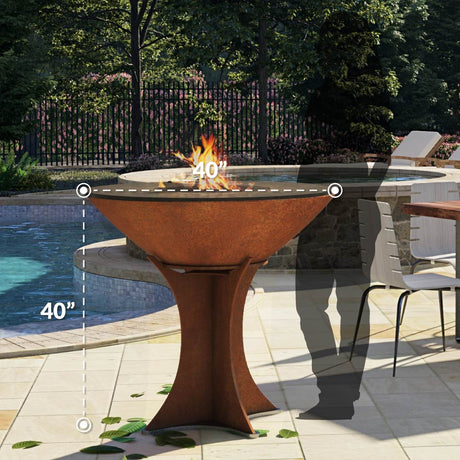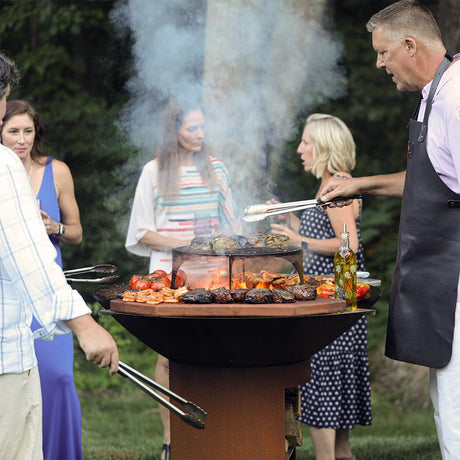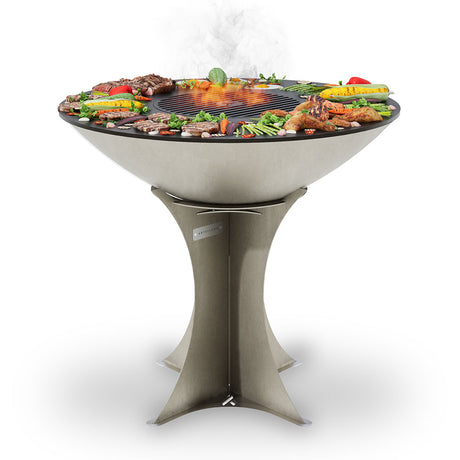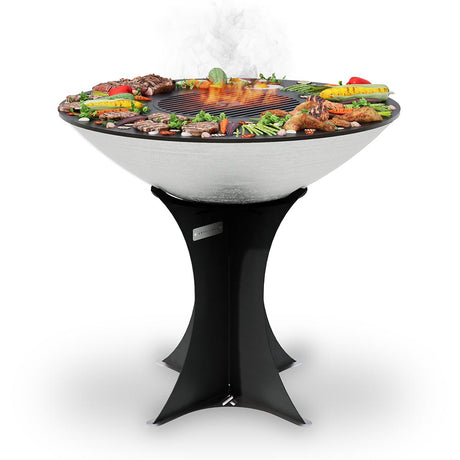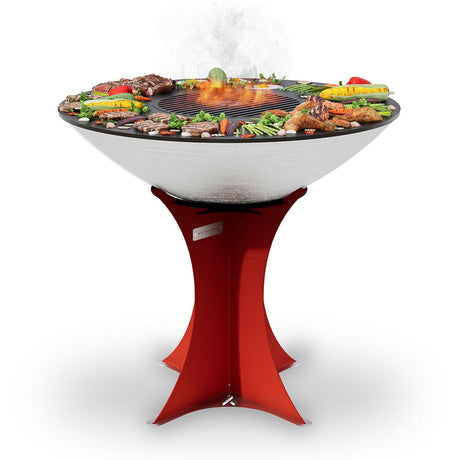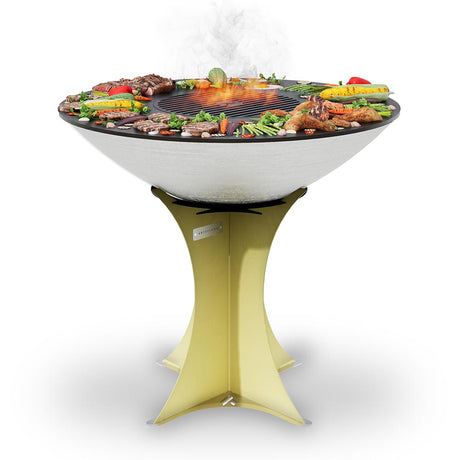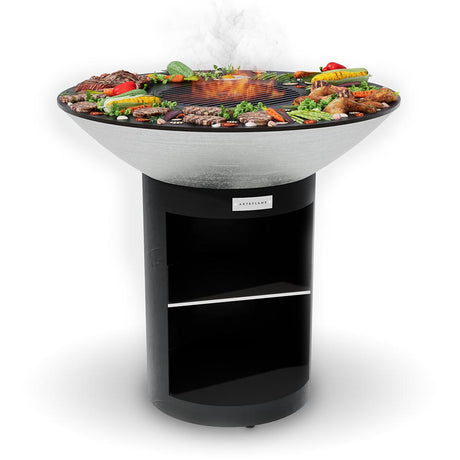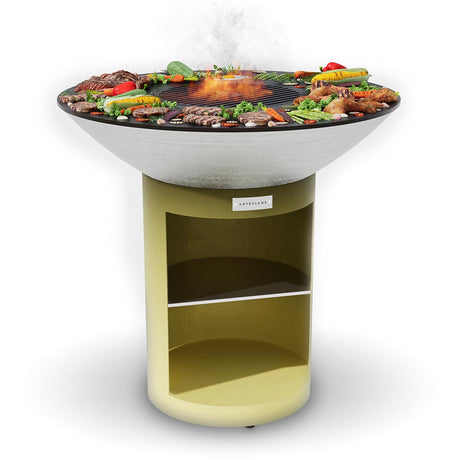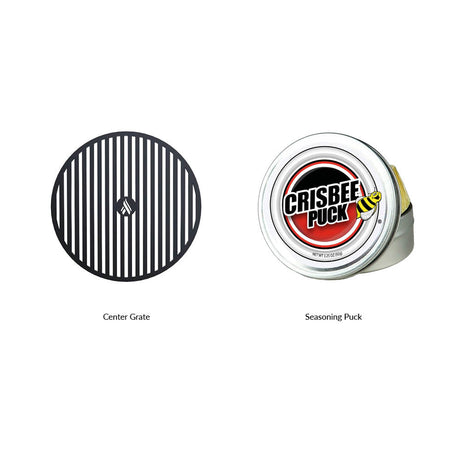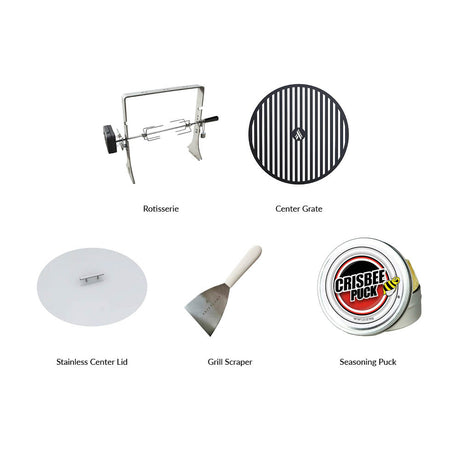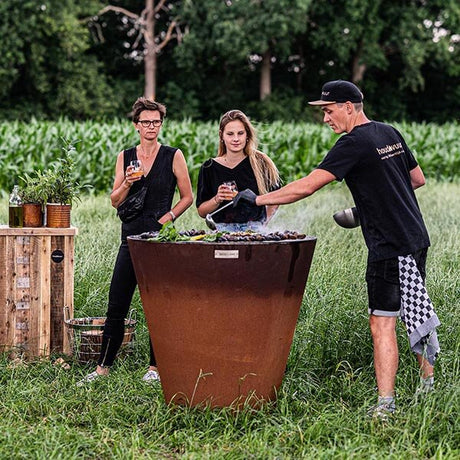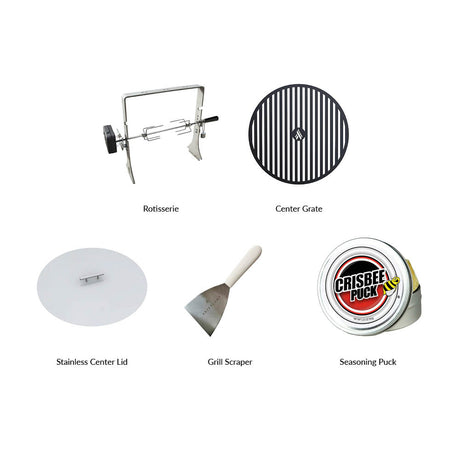Griddles are a staple for outdoor cooking enthusiasts. When it comes to choosing the right material for your griddle, the debate often boils down to cast iron vs. steel. While both materials share many similarities in performance, they differ significantly in durability, maintenance, and longevity. If you're looking for a griddle that will last a lifetime without cracking or warping, regular steel might be your best bet. Let’s dive deeper into the differences between these two materials and how they perform on a grill like the Arteflame.
What Is the Difference Between Cast Iron and Steel?
At first glance, cast iron and steel seem almost identical in terms of composition. Both are alloys primarily made of iron with varying levels of carbon. However, their manufacturing processes result in distinct structural differences:
- Cast Iron: Created by pouring molten iron into molds, cast iron has a crystalline structure with tiny pores. These pores make cast iron more brittle and prone to cracking under stress.
- Steel: Steel, on the other hand, is forged under high pressure, resulting in a denser, more uniform structure. This makes it significantly tougher and less prone to breaking or cracking.



